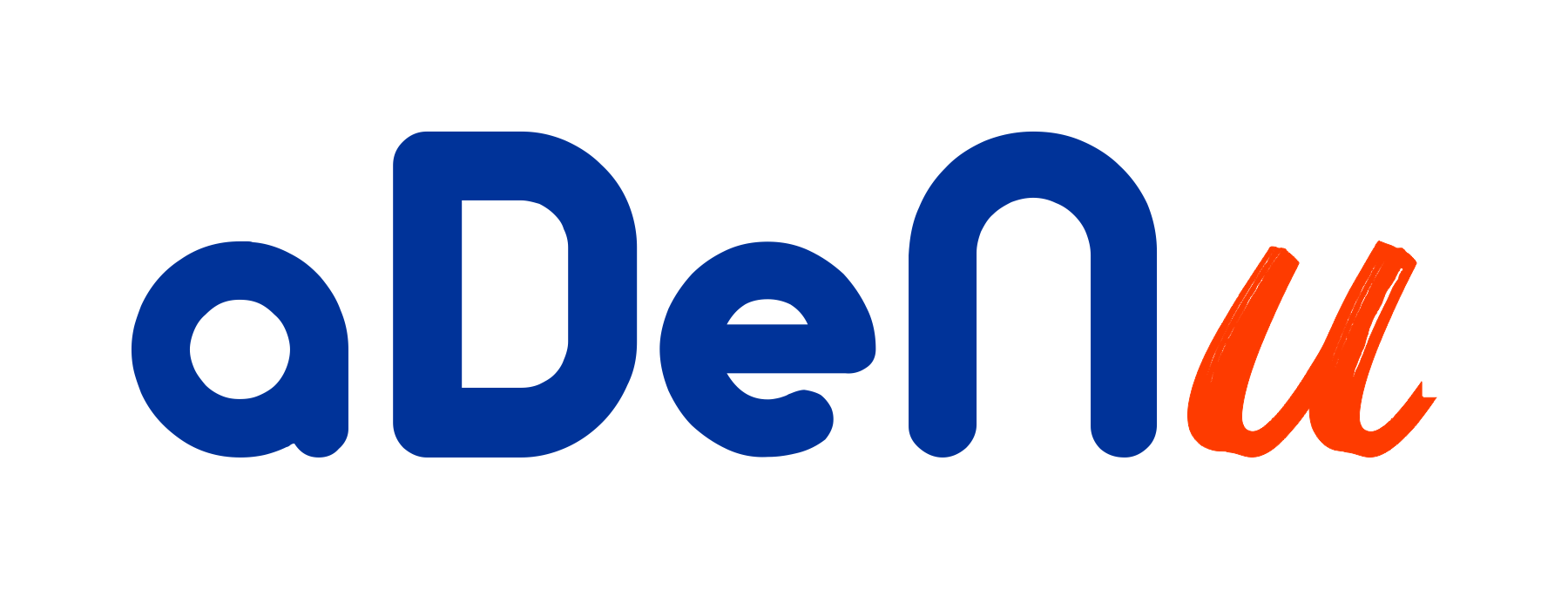Research Domains
Development of adaptive e-leraning interfaces
The group specialises in the development of adaptive interfaces via Internet , to help mitigate the problems of decentralised distance learning which critically depends on the quality of materials and media employed. The introduction of Internet in all administrative processes and training has delivered a new framework for knowledge, services and interaction which is often difficult to assimilate. This reveals a growing need to provide solutions tailored to the specific needs of each learner / teacher.
One of the main aims of the aDeNu group is to adapt user interfaces and learning content to the needs of people with functional diversity, in a context where Design for All concepts and user experience customisation are complementarily applied.
Example Projects: AICARP, EU4ALL
User modeling
The achivemvent of tasks adapted to each user and to each situation is made based on the construction of a model that keeps the characteristics of a certain user, such as personal data, interests and preferences. That is the called user modelling. The most common problems in the development of adaptive systems arise in this process, that is, the efficient construction of a user model adapted to each system and to each adaptation task. The user modelling field is a very active in research nowadays. There are many approaches to make efficient user modelling, and the use of one or another technique depends on the domain application of the system where the model is to be applied. There exist different mechanisms to construct the user model, such as:
- To predefine the user model based on the knowledge of an external expert. This knowledge is represented by rules that guide the inference during the adaptation. Normally, this type of systems uses the so called stereotypes, that consist on predefining user types with certain characteristics and certain rules to apply. Once a user enters the system, a certain stereotype (based on an initial questionnaire or any other mechanism of data collection) is assigned to the user and the corresponding inferences are applied to him/her.
- To design the system so that it learns autonomously from the data gathered in users interactions, by applying machine learning techniques.
Both techniques entail deficiencies as regards the representation of the model that is constructed. For this reason, there are proposals that combine both techniques in an attempt to surpass these problems.
Machine Learning
Learning is the capacity that humans beings have to adapt and to modify the behavior according to the experience. In a similar way, machine learning analyzes and models the learning processes with a special emphasis on the following aspects:
- development of systems that improve their behavior for a predetermined set of tasks,
- simulation of the human processes of learning, and
- theoretical research of domain-independet methods and algorithms.
The learning methods can be classified into two large families: nonsymbolic (usually applied in control processes) and symbolic ones. We focus on the methods of symbolic learning. Symbolic learning methods can be classified, as well, in three large families: inductive methods, deducitive methods and methods under request.
All the methods mentioned above have their advantages and disadvantages. Therefore, when applying them to solve a real problem it can be difficult to decide what type of method is the best. In fact, the best is to have the possibility of applying the best type of method depending on the problem that is wanted to solve. This possibility was introduced with the multistrategic learning systems, such as Linus, Either or MTL. In this type of systems the learning method can be chosen (normally in a manual way).
Research in the machine learning fields continues being very active. However, the appearance of the multiagent systems has involved an increase in the range of problems that can be approached. At the moment there are research groups dedicated to incorporate machine learning within multi-agent systems. The reason of this is clear: agents move themshelves in very dynamic environments and need to adapt to them if they want to keep being operative. The design of Multi-Agent Systems with learning can clearly improve its behaviour in the resolution of problems in the same way as it makes a single system of knowledge with learning capacity. In addition, the learning allows that each agent constructs in a dynamic way its own model of how the other agents are and how the environment is. It is also necessary to consider that each agent learns in an independent way and that its behavior can be influenced by and can also influence to influence to the other agents of the system.
